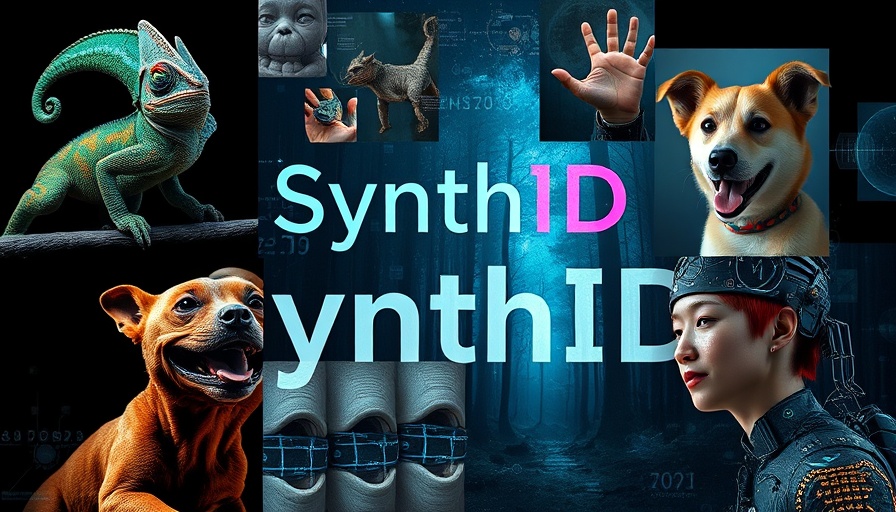
Unveiling Google's SynthID Detector: A New Tool for Identifying AI Content
In a rapidly evolving digital landscape, distinguishing between human-created and AI-generated content has become increasingly crucial. Google has stepped up to the challenge with its latest innovation, the SynthID Detector, designed to identify AI content in various forms such as text, images, audio, and video. This new tool was first introduced during Google's I/O 2025 developer conference, signaling a significant move towards transparency and trust in artificial intelligence.
The Need for Authenticity in the Age of AI
With tools like ChatGPT and Midjourney gaining immense popularity, concerns over the potential misuse of AI technology have come to the forefront. Issues ranging from fake news to deepfakes have made it increasingly difficult for the public to discern what is authentic. The SynthID Detector aims to tackle these challenges head-on, offering users a reliable means to verify content.
A Deep Dive into SynthID Technology
At the core of this initiative is SynthID, a watermark technology crafted by DeepMind. Unlike traditional metadata tags that can be easy to manipulate or remove, SynthID offers a resilient alternative that embeds a digital signature into content. This means alterations, whether resizing images or paraphrasing text, won’t easily erase the watermark, ensuring the content can be verified later.
User-Friendly Verification Tool Available Soon
The SynthID Detector is a user-friendly browser-based tool. Users can upload their content and receive a score indicating whether it is AI-generated and possesses the SynthID watermark. While currently available to a select group of partners and researchers, Google plans to expand access to journalists, educators, and content moderators, making it a versatile resource for many.
Embracing Open Source Collaboration
Google's decision to open-source SynthID technology is another game-changer. By allowing third-party developers, including other AI companies, to implement this watermarking system into their models, the potential for a standardized detection method across the industry opens up exciting possibilities.
What This Means for Students
For students grappling with the shifting dynamics of AI-generating tools, Google's SynthID Detector brings a sense of reassurance. With the rise of AI content creation in academia, understanding how to navigate these waters becomes essential. This tool provides not only a shield against potential academic dishonesty but also fosters an environment of academic integrity.
What’s Next in the AI Landscape?
As we look to the future, the implications of this technology are vast. It’s not just an isolated issue for Google; as the landscape of AI evolves, the need for clear identification methods will only grow. SynthID may very well set a new benchmark for content verification, encouraging further innovation in the sector.
As the digital world shifts towards embracing AI, understanding and utilizing tools like SynthID becomes extremely valuable. If you're looking for ways to bypass those AI detectors with ease, check out Prompt to Human. It's important to stay ahead of the curve and be informed!
 Add Row
Add Row  Add
Add 




 Add Row
Add Row  Add
Add 

Write A Comment